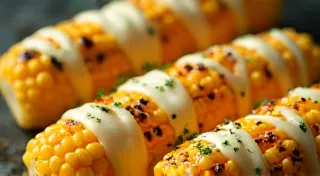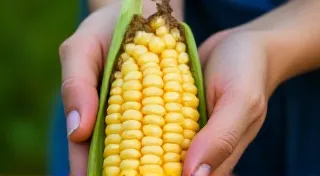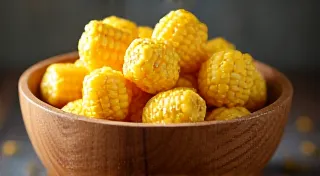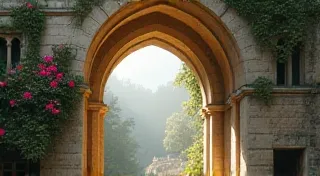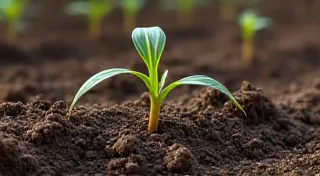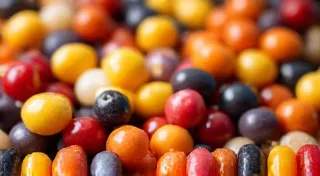The Kernel's Echo: How Lost Stories Bloom in Heirloom Corn Fields
There's a certain melancholy that settles around me when I’m in the cornfields, especially when I’m tending to the heirloom varieties. It's not a sad melancholy, not exactly. It’s more of a profound resonance, a feeling of being connected to generations long past, to hands that have cradled these same kernels, whispered prayers for their success, and celebrated their bounty. It's a feeling not unlike that of encountering an antique accordion – each button and reed a testament to a musician's skill, a forgotten melody trapped within its wooden frame, waiting to be resurrected.
Heirloom corn, like that old accordion, carries a narrative. It's a living archive, a tangible link to the past, and its cultivation offers a surprisingly intimate window into the cultural landscapes that shaped it. We often talk about preserving history in books or photographs, but the quiet, powerful act of growing heirloom corn allows us to experience it – to taste it, to smell it, to feel the weight of it in our hands – in a way few other pursuits allow.
A History Rooted in Heritage
The story of corn itself is one of incredible adaptation and exchange. Originating in Mexico thousands of years ago, it was domesticated from teosinte, a wild grass almost unrecognizable as the vibrant, life-sustaining crop we know today. Indigenous farmers meticulously selected for traits like kernel size, cob length, and disease resistance. These selections weren’t just about increasing yield; they were intrinsically tied to cultural practices, ceremonial uses, and the nutritional needs of specific communities.
Imagine, for a moment, a Hopi farmer carefully selecting seeds from the sweetest, most substantial ears, knowing that those kernels would nourish his family and sustain his traditions through the harsh desert months. Or a Cherokee grower choosing varieties specifically suited to their three sisters planting system – corn, beans, and squash working in symbiotic harmony. Each kernel held not just genetic information, but also the accumulated wisdom and ingenuity of generations.
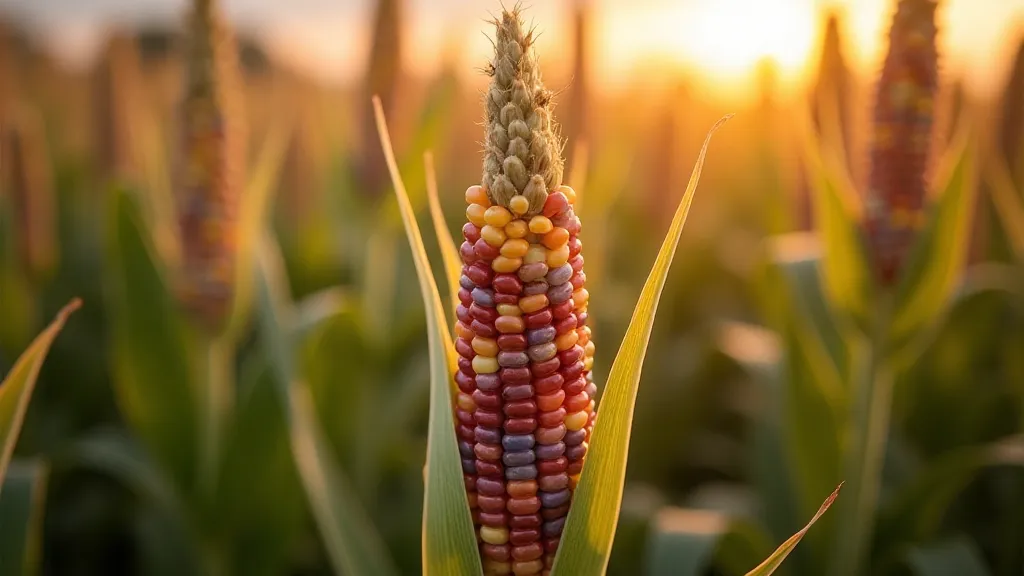
Lost and Found: The Threat of Industrialization
The 20th century brought with it the rise of industrial agriculture and the quest for higher yields and greater uniformity. Hybrid corn varieties, developed for their consistent performance and potential for improved output, gradually replaced the diverse, regionally adapted heirloom varieties. Many of these precious seed lines were lost, relegated to the margins of agricultural history, their stories fading along with their presence in the fields.
It’s a loss akin to the disappearance of skilled accordion makers. As the demand for mass-produced, standardized instruments increased, the artistry of crafting individual accordions – the intricate woodwork, the meticulous tuning, the unique voicing – dwindled. Now, restoring these instruments is a painstaking process, requiring a deep understanding of their construction and the spirit of the artisan who created them. Similarly, reviving heirloom corn varieties requires dedicated preservationists and growers willing to invest the time and effort to nurture them back into existence.
The Guardians of the Grain
Thankfully, there are individuals and organizations working tirelessly to safeguard these agricultural treasures. Seed banks like Seed Savers Exchange and Native Seed/SEARCH are actively collecting and preserving heirloom varieties, ensuring their survival for future generations. These are more than just repositories of seeds; they are living libraries, holding within their collections the genetic heritage of countless communities.
And then there are the growers, the passionate individuals who devote their gardens, or even entire farms, to cultivating these lost varieties. They understand that it’s not just about growing corn; it’s about honoring the stories embedded within each kernel, about connecting to the traditions of the past, and about contributing to a more resilient and diverse food system.
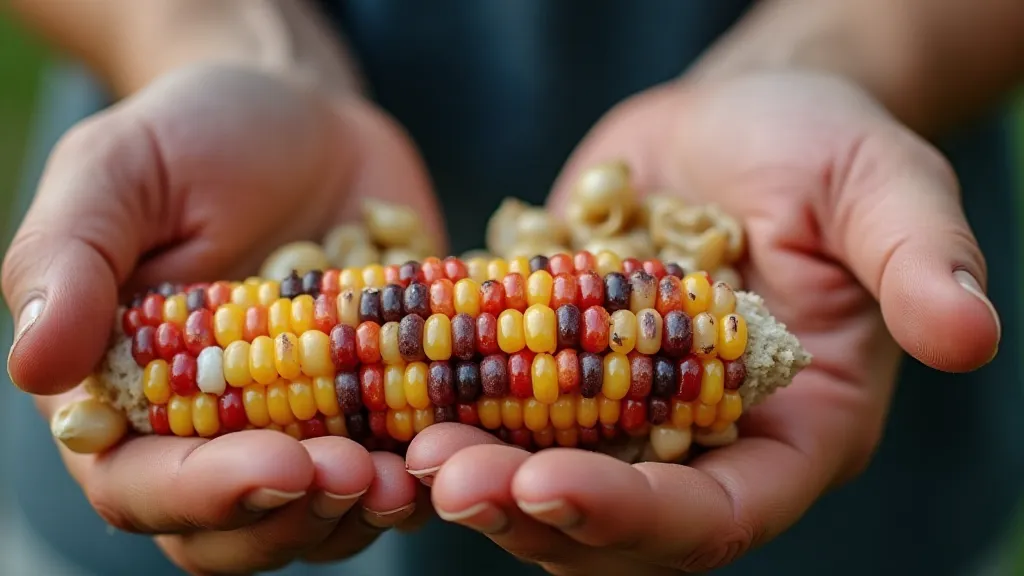
More Than Just a Crop: Culinary and Cultural Significance
Heirloom corn isn't just about preserving history; it’s also about experiencing a wider range of flavors and textures. Modern corn varieties are often bred for sweetness and uniformity, but heirloom varieties offer a fascinating spectrum of characteristics. Some are sweet and tender, perfect for roasting or grilling. Others are flinty and starchy, ideal for grinding into cornmeal or popping into popcorn. And still others possess unique flavors and colors that reflect the terroir in which they were grown.
Beyond the culinary aspect, many heirloom varieties hold deep cultural significance. They are often used in ceremonies, rituals, and traditional dishes. For example, the Hopi Blue Corn is central to Hopi ceremonies and is considered sacred. The Cherokee Longfellow Corn is traditionally used to make hominy and is a symbol of Cherokee heritage. Growing these varieties allows us to participate in a living tradition, to connect with the cultural practices of the communities that nurtured them.
Cultivating Connection: A Gardener's Responsibility
Growing heirloom corn isn’t just a hobby; it’s a responsibility. It's a commitment to safeguarding a valuable piece of our agricultural heritage. It’s a chance to connect with the stories of the people who came before us, to appreciate the ingenuity and resilience of traditional farming practices, and to contribute to a more diverse and sustainable food system.
Just as a skilled accordion restorer carefully preserves the unique voice and character of an antique instrument, we, as growers, have a duty to nurture and protect these living archives. It requires more than just planting seeds; it requires understanding the history, the cultural significance, and the specific needs of each variety. It demands a respect for the generations who have stewarded these kernels before us.
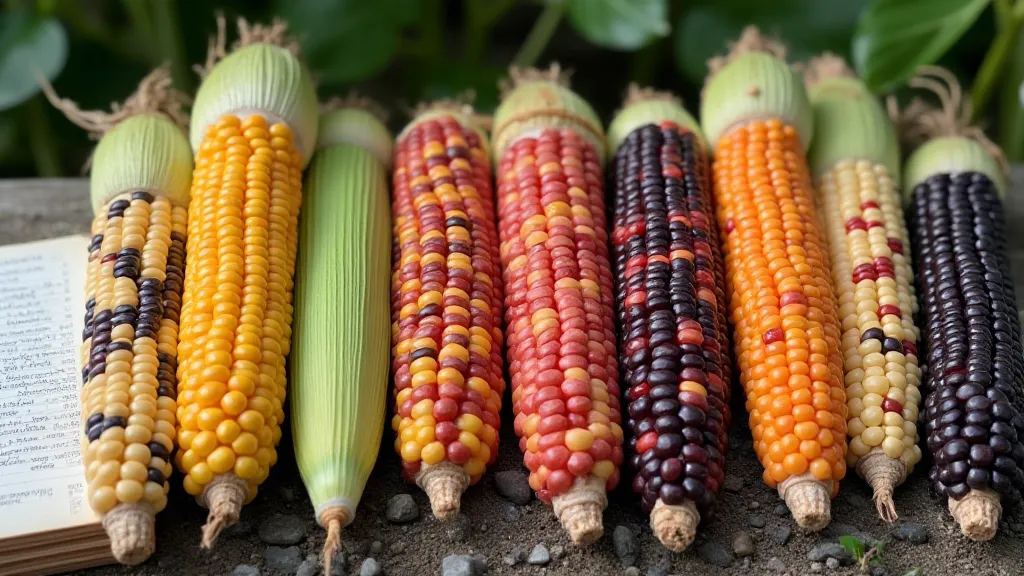
The Echo Continues
When I stand in my cornfield, surrounded by the rustling leaves and the promise of a bountiful harvest, I’m not just thinking about the corn itself. I’m thinking about the hands that planted these seeds before me, the stories they carry, and the responsibility I have to ensure that the echo of their voices continues to resonate through the kernels of the next generation. It’s a quiet, profound connection, a reminder that we are all part of something larger than ourselves, a living testament to the enduring power of heritage, tradition, and the simple act of growing.
